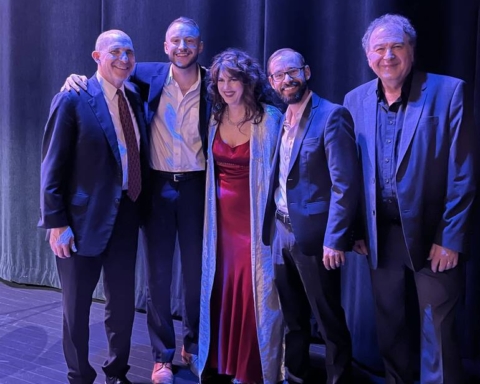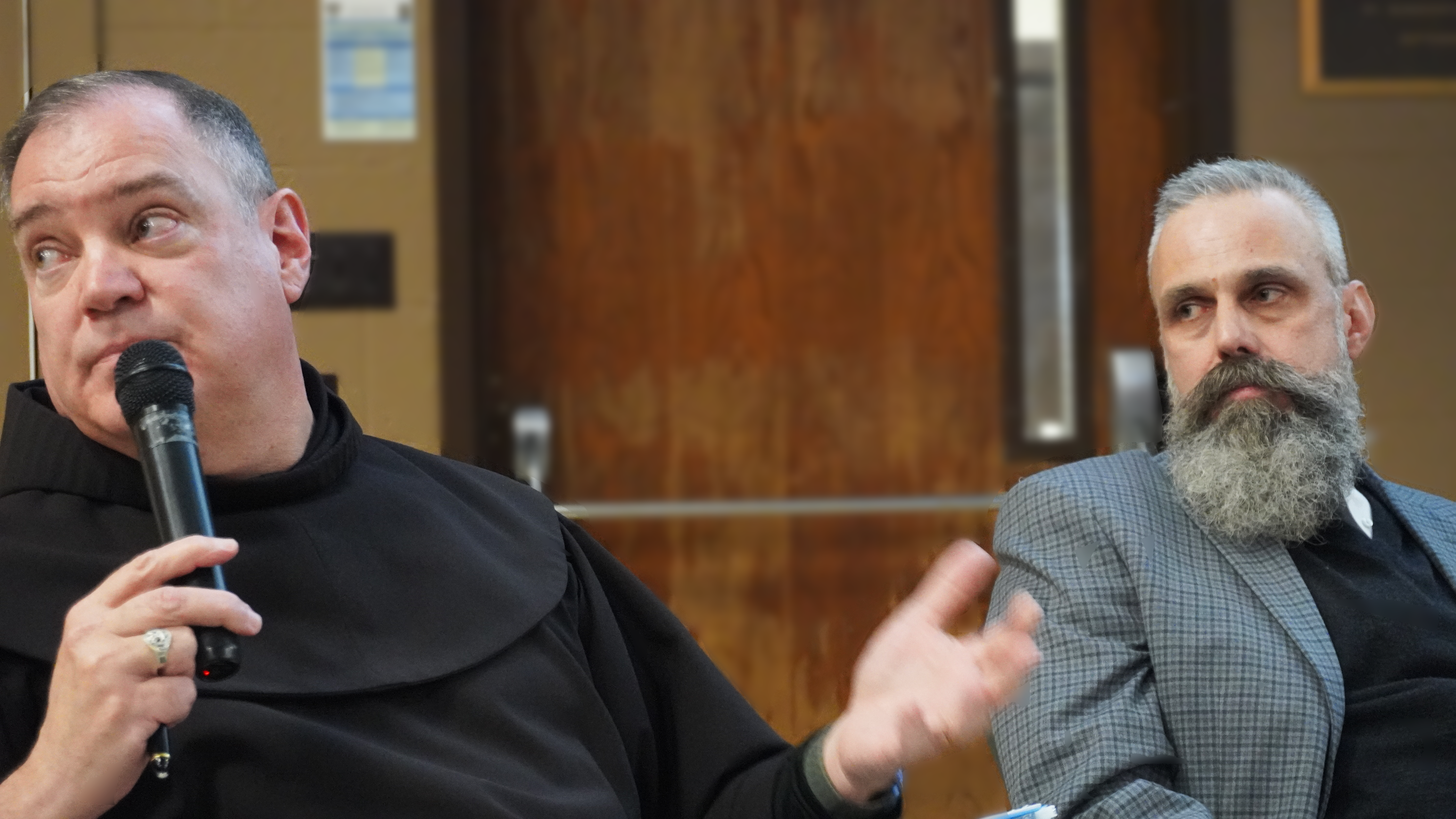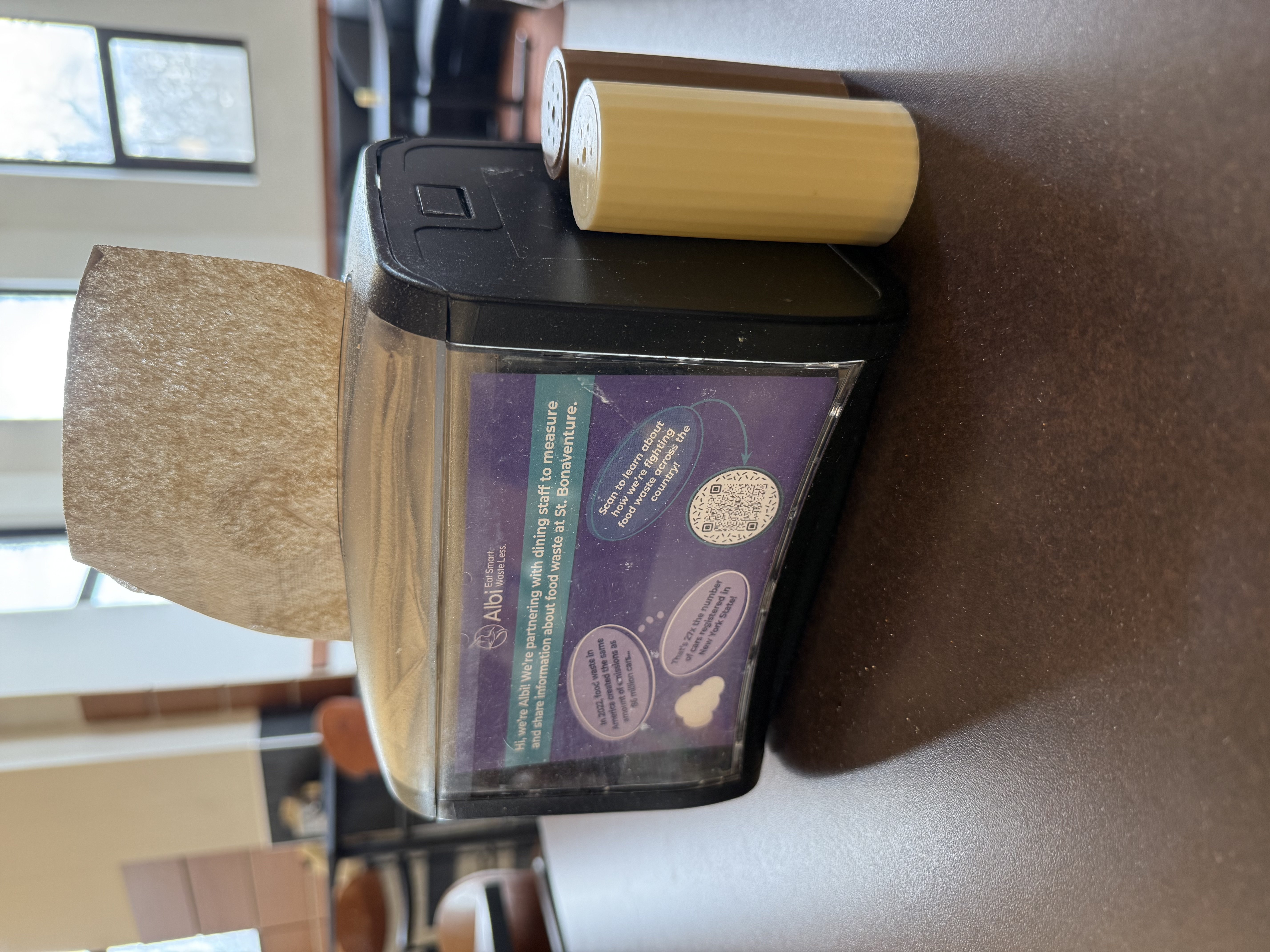The Administration building
David Scibilia/The Bona Venture
Five hundred thousand dollars.
That was about how much money St. Bonaventure University lost when it failed to re-apply for the Higher Education Opportunity Program in February of this year.
Bonaventure participated in this program for 40 years.
HEOP provides economic support to New York State residents who would otherwise be unable to attend a college or university, according to its website. The state awards grants to institutions; students then apply to the program directly through the institution.
The HEOP grant is awarded on a five-year funding cycle. Although currently enrolled students at Bonaventure retain their HEOP benefits, the university is not receiving more funding for incoming classes, according to David Hilmey, Bonaventure’s provost and vice president for Academic Affairs.
Earlier this year, the university attempted to regain the grant by working with local and state officials such as Majority Leader Crystal D. Peoples-Stokes, Assemblywoman Patricia Fahy, the office of Governor Kathy Hochul and State Senator Toby Ann Stavisky, said Thomas Buttafarro Jr., Bonaventure’s director of Government & Community Relations.
Bonaventure planned to propose an amendment to the state budget that would allow Bonaventure to access HEOP funds.
“[The proposed amendment] would have stricken the words ‘Currently enrolled HEOP students’ and changed it to say that money would be used to support HEOP students,” said Buttafarro. “We were hoping that that would’ve allowed us to be able to then add a new freshman class.”
Although Buttafarro said they had support from all of the officials the university worked with, the proposed budget did not include the change.
“[New York State] did not tell us why it didn’t make it,” said Buttafarro. “It just ultimately was not added to the budget.”
Since the loss of the grant, the university has been focusing efforts on its Student Opportunity and Access to Resources program.
“In terms of financial aid and academic support, [SOAR] is very similar to HEOP,” said Hilmey. “We have guaranteed four years of full funding for these students.”
There were about 26 students per year covered by the HEOP grant. SOAR brought in 21 students of a similar background, said Hilmey.
However, unlike HEOP, SOAR did not provide money for textbooks or money students could put toward a computer, said Hilmey.
“We provide enough funding for direct costs,” said Hilmey. “[Students] may still have to take out federal loans. We couldn’t do that [provide money for a computer or books] this year because of funding resources. But we tried to match HEOP as closely as we could.”
The university did not say how much SOAR cost to implement.
In the past month, the university hired Ostroff Associates, an Albany-based government relations firm, to lobby the state in an attempt to reinstate for the 2025-26 academic year, said Hilmey.
Neither Buttafarro nor Hilmey said they knew what the university paid the firm. However, Hilmey said it was in monthly installments rather than a lump sum.
“We’re really in the fact-finding stages right now,” said Buttafarro. “New York’s [legislative] session won’t start until January, so right now we’re just working on planning the approach.”
If this doesn’t result in Bonaventure being able to access HEOP funds, Hilmey said the university will keep fighting while continuing to fund SOAR.
“We may consider continuing to pursue SOAR for the foreseeable future,” said Hilmey. “The hope is that we can continue to bring in a cohort of opportunity students that still match HEOP, so we can keep this community together and going strong.”
Although neither Hilmey nor Buttafarro could speak on what, specifically, Ostroff Associates have done so far, Buttafarro said he’s hopeful for the future.
“We were a very vibrant program, self-proclaimed top programs in the state,” said Buttafarro. “We have had a lot of success, but ultimately it didn’t work. Because of that, we are going to continue fighting. It’s about students more than it is about money.”
scibild22@bonaventure.edu








